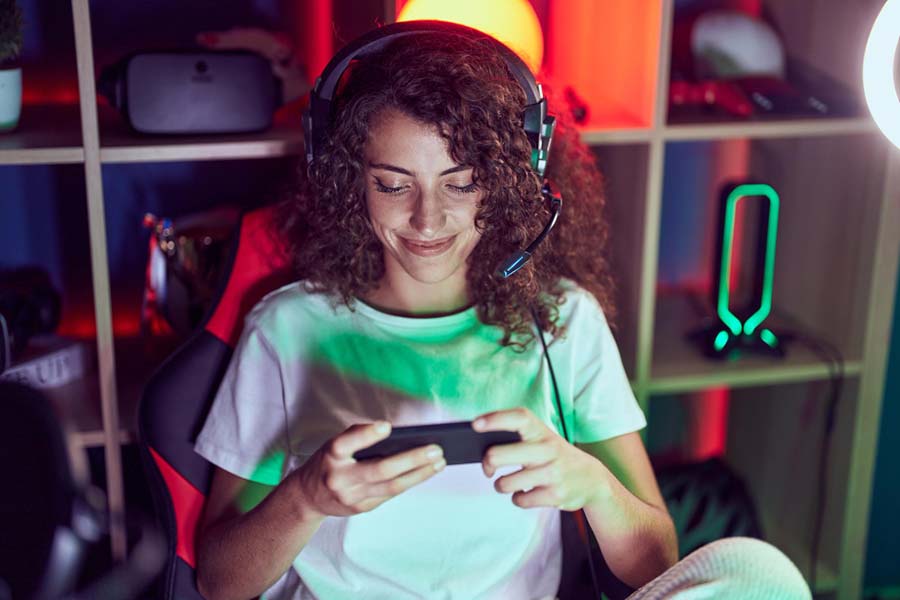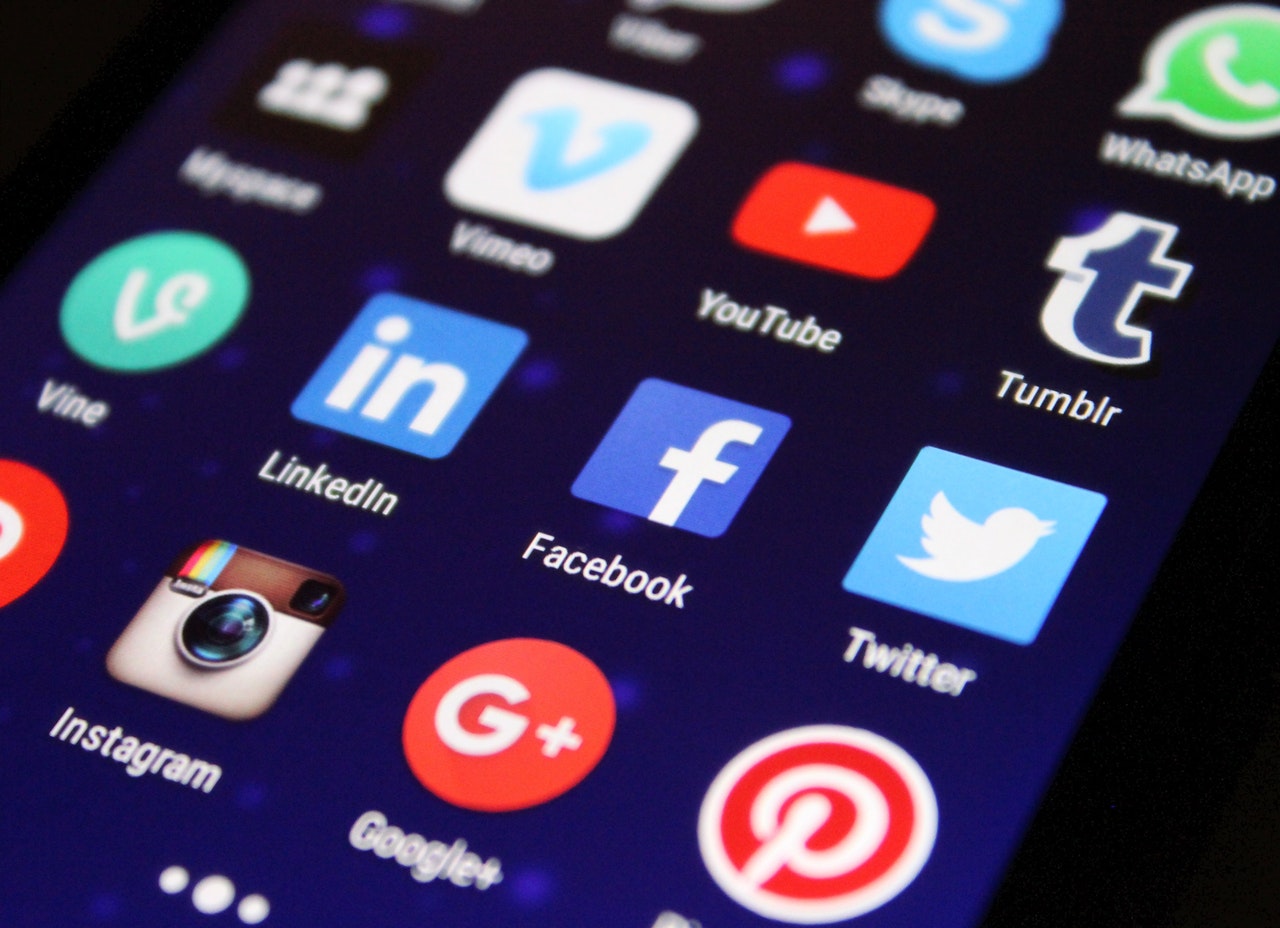Level Up Your Digital Design: Gamification Secrets

Gamification has become a popular and effective strategy to enhance user engagement in various digital platforms. By incorporating game elements into non-game contexts, businesses and organisations have been able to captivate and motivate users in ways that traditional methods often fail to accomplish. In this article, we will delve into the role of gamification in digital design and how it contributes to user engagement.
Understanding Gamification
Gamification integrates game mechanics, dynamics, and principles into non-gaming environments to motivate participation, engagement, and loyalty. By leveraging the innate human desire for competition, achievement, and rewards, gamification creates an immersive and enjoyable user experience that encourages users to interact with digital products and services.
Gamification taps into users’ intrinsic motivations, such as the desire for mastery, achievement, and social interaction. By providing clear goals, challenges, and rewards, digital design can harness these motivations to keep users engaged and committed. Increased motivation increases user satisfaction and the likelihood of continued interaction with the digital platform.
Furthermore, gamification can be an effective tool for education and training purposes. By incorporating game-based learning techniques, complex or tedious subjects can be more interactive, engaging, and enjoyable. For example, a language-learning app could utilise gamification by introducing levels, achievements, and rewards for completing lessons or reaching milestones. This enhances the learning experience and encourages users to stay motivated and continue their language-learning journey.
Gamification has also been proven to influence user behaviour positively. By implementing game elements, such as progress bars, badges, and leaderboards, users are encouraged to adopt desired behaviours, such as completing tasks, making purchases, or participating in community activities. For instance, an e-commerce platform could offer loyalty points or badges for completing purchases or leaving reviews, incentivising users to engage more actively with the platform.
In addition to motivating individual users, gamification often incorporates social elements, such as challenges, competitions, and collaborative activities. By fostering a sense of community and allowing users to connect and compete with others, digital platforms can enhance engagement and create a more immersive experience. Social interaction not only adds an element of fun and excitement but also strengthens user loyalty and encourages users to invite others to join the platform or participate in shared activities.
Key Components of Gamification
Successful gamification relies on carefully integrating various components contributing to user engagement. Some essential components include:
Goals and Objectives: Clearly defined goals give users a sense of purpose and direction. Users are motivated to complete tasks and progress through the digital experience by establishing achievable objectives. Whether reaching a certain level, earning a specific badge, or completing a set of challenges, goals give users something to strive for and keep them engaged.
Challenges and Progression: Incorporating challenges of increasing difficulty ensures users remain engaged and continually strive for improvement. Gradual progression keeps users invested and prevents boredom or frustration. For example, a fitness app could introduce new workout routines or challenges as users advance, keeping their workouts fresh and exciting.
Rewards and Recognition: Rewards, such as points, badges, or virtual currency, incentivise users to participate and accomplish goals actively. Recognition of achievements further reinforces user motivation and creates a sense of accomplishment. By offering tangible rewards or virtual recognition, users are likelier to feel a sense of progress and fulfilment. This can also foster healthy competition among users as they strive to earn more rewards or climb up the leaderboard.
Competition and Collaboration: Elements of competition, such as leaderboards or timed challenges, ignite users’ competitive spirit. Simultaneously, fostering collaboration through team-based games or shared goals can strengthen user engagement and create a sense of belonging. By allowing users to compete against others or work together towards a common objective, gamification taps into the social nature of humans and enhances the overall user experience.
Feedback and Progress Tracking: Providing timely and meaningful feedback allows users to monitor their progress and adjust their strategies accordingly. Progress tracking visualisations, such as progress bars or levels, offer a sense of achievement and advancement. Feedback can be performance metrics, personalised recommendations, or even interactive tutorials. By giving users a clear understanding of their progress and areas for improvement, gamified experiences become more immersive and satisfying.
Implementing Gamification in Digital Design
When incorporating gamification into digital design, careful consideration should be given to the target audience, platform, and desired outcomes. Here are some tips for effective implementation:
Understand User Motivations: Conduct research to identify the motivations and preferences of the target audience. This knowledge will help design game mechanics that align with users’ intrinsic desires and maintain engagement. For example, if the target audience is fitness enthusiasts, incorporating challenges related to personal fitness goals or virtual rewards for achieving milestones can be highly effective.
Align Gamification with Goals: Clearly define the objectives and outcomes you wish to achieve through gamification. Whether increasing user retention, promoting product adoption, or enhancing learning, aligning game elements with these goals is crucial for success. By understanding the desired outcomes, you can design gamified experiences directly contributing to those objectives.
Keep it Simple and Intuitive: Ensure the gamified elements are easily understood and accessible to all users. Refrain from overwhelming users with complex rules or mechanics that may hinder their understanding or enjoyment. The key is to balance providing a challenge and maintaining simplicity. Users should be able to jump right into the gamified experience without feeling overwhelmed or confused.
Test and Iterate: Regularly test the gamified features and gather user feedback. This iterative process allows for refining and optimising user engagement and overall satisfaction. By collecting user feedback, you can identify any pain points or areas for improvement and make necessary adjustments. This ensures that the gamified experience continues to evolve and resonate with users over time.
Encourage Social Interaction: Provide opportunities for users to connect and compete with others. Incorporating leaderboards, social sharing, or multiplayer options can foster community and increase engagement. Users enjoy the ability to compare their progress with others, share achievements on social media, or collaborate with friends or colleagues. Creating a social environment makes gamification more immersive and encourages users to stay engaged longer.
Examples of Successful Gamification
Duolingo: This language-learning platform uses gamification to make learning a new language enjoyable and addictive. With its point system, levelling, and daily streaks, users are motivated to practice and progress consistently. Duolingo incorporates various game elements, such as challenges, rewards, and progress tracking, to keep users engaged and motivated throughout their language-learning journey.
Nike+ Run Club: This running app incorporates gamified features, such as challenges, milestones, and virtual rewards, to motivate and track users’ running progress. The competitive elements encourage users to push their limits and engage with the app regularly. Users are motivated to stay active and progress in their fitness journey by setting goals, tracking performance, and earning achievements.
Starbucks Rewards: Starbucks utilises a loyalty program that rewards customers with stars for purchases, which can be redeemed for free drinks or food items. This encourages repeat visits and increased engagement with the brand. By offering tangible rewards for customer loyalty, Starbucks creates a sense of excitement and incentive for customers to choose their brand over competitors.
Final Thoughts
Gamification has emerged as a powerful tool in digital design to enhance user engagement and motivate desired behaviours. By leveraging game mechanics and principles, businesses and organisations have immersive experiences that captivate and delight users. When properly implemented, gamification can unlock the full potential of digital platforms and drive long-term user loyalty and satisfaction. As technology advances, gamification’s role in digital design will only become more prominent and revolutionise interaction with digital products and services.
Check out our other related posts if you enjoyed this one.
- The Rise of Collaborative Robots: Transforming Industries
- Unmasking Cyber Secrets: The Art of Deception Revealed!
- Decoding Cyber Threats: The Social Engineering Menace
- Unlock the Ultimate Quest: Ready Player One’s Audio Adventure!
- Revolutionising Wellness: Metaverse Therapy Unleashes Mental Liberation!
- Code Mastery Unleashed: Transform Your Skills with Clean Code by Robert C. Martin! 🚀
- Top Must-Have Tech Gadgets for Kids – Unbelievable Fun!
- Mastering Crypto Trading: Proven Strategies
- Unveiling Ethereum 2.0: Advancements & Impact
- AI Transforms E-Commerce: A Digital Revolution
If you enjoyed this blog post, subscribe for updates and stay tuned for our latest insights.
Help your friends and colleagues stay informed about the newest insights on business, marketing, finance, lifestyle, and society by sharing our blog content through Facebook, Twitter, Pinterest, LinkedIn, email, or WhatsApp links below. We can create a knowledge-sharing community and empower one another to accomplish and experience our objectives.
FAQ: The Role of Gamification in Digital Design and User Engagement
What is gamification?
Gamification integrates game mechanics, dynamics, and principles into non-gaming environments to motivate participation, engagement, and loyalty. It leverages the human desire for competition, achievement, and rewards to create an immersive and enjoyable user experience.
How does gamification contribute to user engagement?
Gamification taps into users’ intrinsic motivations, such as the desire for mastery, achievement, and social interaction. By providing clear goals, challenges, and rewards, digital design can harness these motivations to keep users engaged and committed. Increased motivation increases user satisfaction and the likelihood of continued interaction with the digital platform.
Can gamification be used for education and training purposes?
Yes, gamification can be an effective tool for education and training. By incorporating game-based learning techniques, complex or tedious subjects can be more interactive, engaging, and enjoyable. For example, a language-learning app could utilise a game by introducing levels, achievements, and rewards for completing lessons or reaching milestones. This enhances the learning experience and keeps users motivated.
How does gamification influence user behaviour?
Gamification influences user behaviour by implementing game elements like progress bars, badges, and leaderboards. These elements encourage users to adopt desired behaviours, such as completing tasks, purchasing, or participating in community activities. For instance, an e-commerce platform could offer loyalty points or badges for completing purchases or leaving reviews, an incentive to be more active with the platform.
Credits
Featured image by krakenimages.com on Freepik.









